How to choose a high-yield savings account
What to consider, from interest rates to fees to accessibility

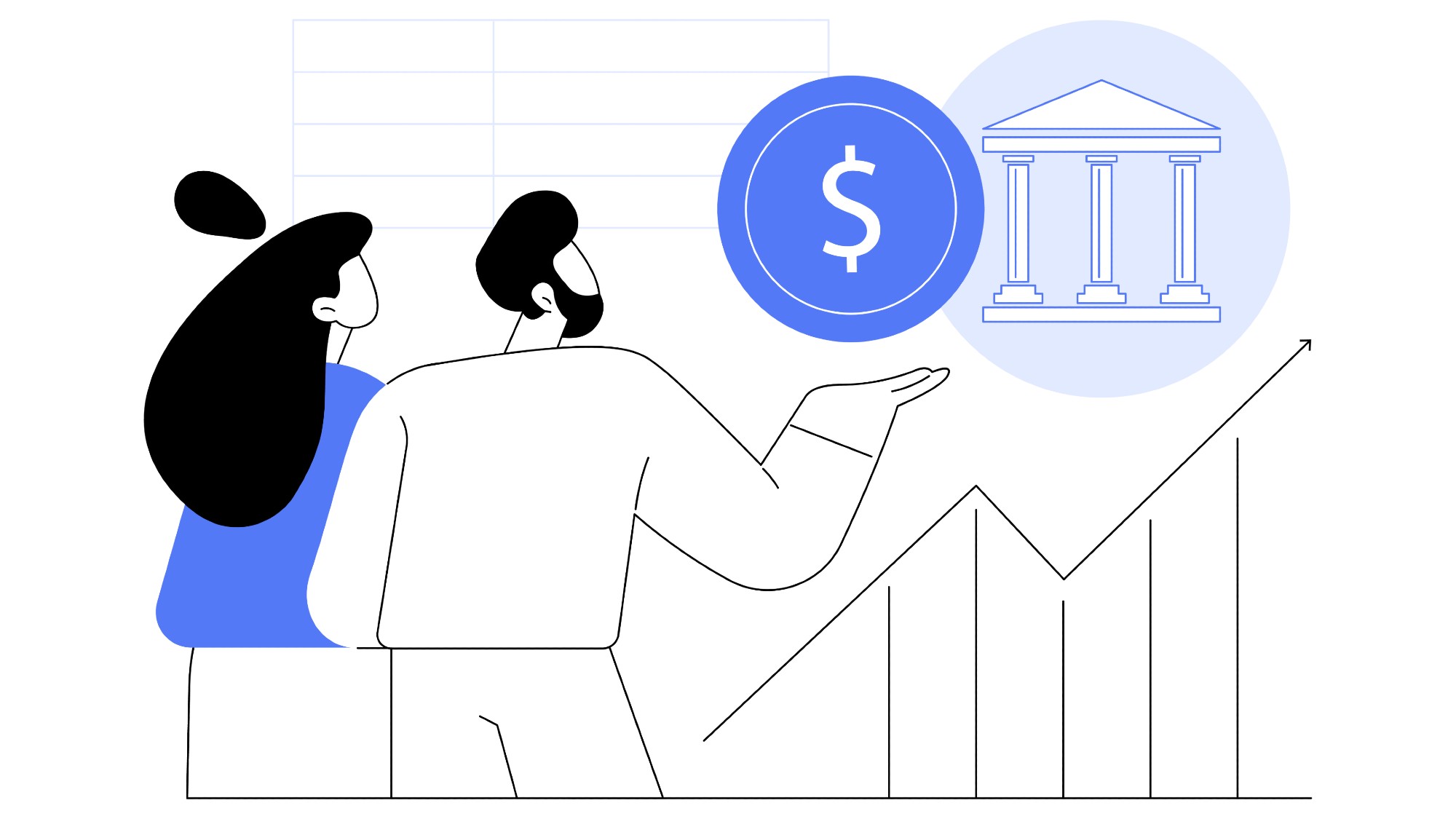
As the name suggests, high-yield savings accounts can allow you to earn a better yield on your savings than a standard account. Often, the difference in your potential earnings is far more than a fraction of a percentage rate — even with the recent rate cuts by the Federal Reserve.
Although banks are "following the Fed's lead in gradually reducing interest rates," the "rates paid on federally insured high-yield savings accounts, many offered by banks that operate solely or mostly online, are still beating inflation," said The New York Times. As of Nov. 22, "online banks were offering rates of 4% or higher this week, compared with a national average rate of just 0.56% for all types of savings accounts," the Times added, citing Bankrate.
There is still more to consider, in addition to the rate, when finding a high-yield savings account that suits your savings needs. Here is a rundown of the steps you should take before cementing a decision.
The Week
Escape your echo chamber. Get the facts behind the news, plus analysis from multiple perspectives.

Sign up for The Week's Free Newsletters
From our morning news briefing to a weekly Good News Newsletter, get the best of The Week delivered directly to your inbox.
From our morning news briefing to a weekly Good News Newsletter, get the best of The Week delivered directly to your inbox.
Evaluate your banking needs
Because "banks offer much more than high-yield savings accounts," it is "wise to choose a bank based on your whole financial situation," said SmartAsset. When assessing your options, consider whether you will also "need a checking account to regularly access your money." Particularly if you would prefer to do your banking all in one place, look into the "availability of other accounts, such as individual retirement accounts (IRAs) and certificates of deposit (CDs)," as well as "other offerings such as mortgages, personal loans and financial advising."
Consider accessibility
An institution's accessibility is also a key consideration. Many of the best annual percentage yields (APYs) are offered by online-only banks, so consider whether you are comfortable doing your banking entirely in-person. If you anticipate needing to take out cash, check to ensure there are in-network ATMs nearby. Further, as "many high-yield savings accounts limit free electronic transfers and withdrawals," you will want to "read the fine print to understand how easy it will be to access your money," said Experian — especially if it is the fund you are relying on in case of emergency.
Check for deposit insurance
"Going with a federally-insured bank or credit union is a must when you're choosing a savings account," as this "ensures you won't lose your money should the financial institution end up failing and closing its doors," said Bankrate. Accounts with a bank are insured by the Federal Deposit Insurance Corp. (FDIC), while credit union accounts are insured by the National Credit Union Administration (NCUA). Both types of coverage protect "up to $250,000 per depositor, per insured bank or credit union, for each account ownership category," said Bankrate.
Compare APYs
Since with a high-yield savings account you are there for the yield, it is worth shopping around and seeing what APYs different institutions offer, which is "the interest rate earned in a year, including compounding interest," said CNBC Select. The general rule of thumb here, said Experian, is "the higher the APY, the more interest your money will earn." Usually, said Bankrate, the best place to find a competitive APY is "often at an online-only bank" — by comparison, brick-and-mortar banks "are known for paying rock-bottom yields."
A free daily email with the biggest news stories of the day – and the best features from TheWeek.com
Watch out for fees
Even if a bank offers a stellar APY, that can quickly get undercut if it charges steep or numerous fees. "Read the fine print in advance and choose a savings account that doesn't charge maintenance fees — or one that makes these fees easy to avoid when you maintain a set minimum balance or receive direct deposits," said Bankrate. Other fees to look out for include overdraft fees, inactivity fees and ATM fees.
Make sure you meet requirements
Lastly, take a look at a bank's requirements for an account to ensure you can easily meet them. For instance, "some banks require a minimum deposit to open a high-yield savings account, especially if it has a very high yield," said CNBC Select. With others, "you may be required to maintain a minimum balance," and "if you don't, you could be hit with a fee or a lower APY," said Experian.
Becca Stanek has worked as an editor and writer in the personal finance space since 2017. She previously served as a deputy editor and later a managing editor overseeing investing and savings content at LendingTree and as an editor at the financial startup SmartAsset, where she focused on retirement- and financial-adviser-related content. Before that, Becca was a staff writer at The Week, primarily contributing to Speed Reads.
-
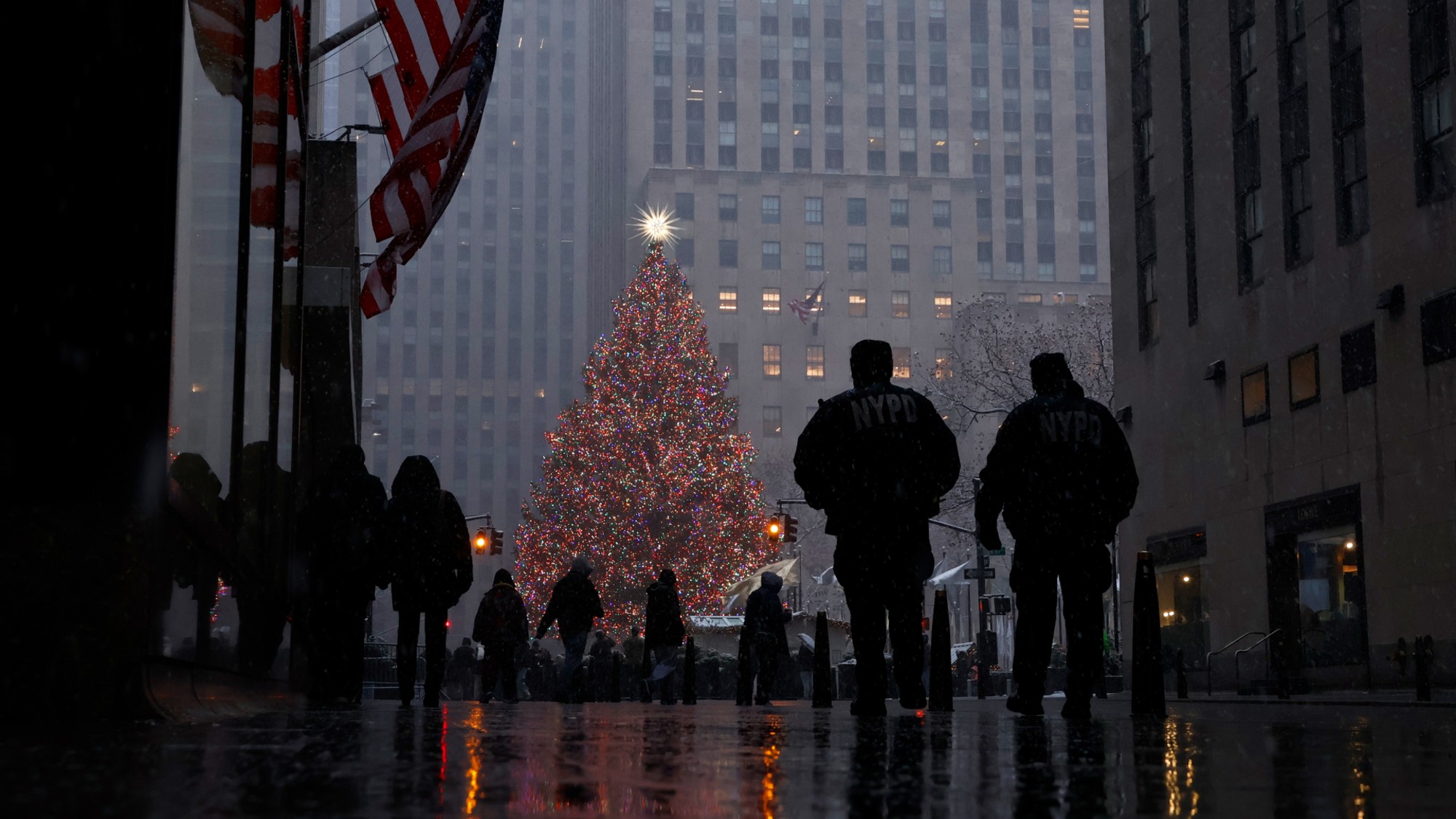 How climate change is affecting Christmas
How climate change is affecting ChristmasThe Explainer There may be a slim chance of future white Christmases
-
 The MAGA civil war takes center stage at the Turning Point USA conference
The MAGA civil war takes center stage at the Turning Point USA conferenceIN THE SPOTLIGHT ‘Americafest 2025’ was a who’s who of right-wing heavyweights eager to settle scores and lay claim to the future of MAGA
-
 The 8 best drama movies of 2025
The 8 best drama movies of 2025the week recommends Nuclear war, dictatorship and the summer of 2020 highlight the most important and memorable films of 2025
-
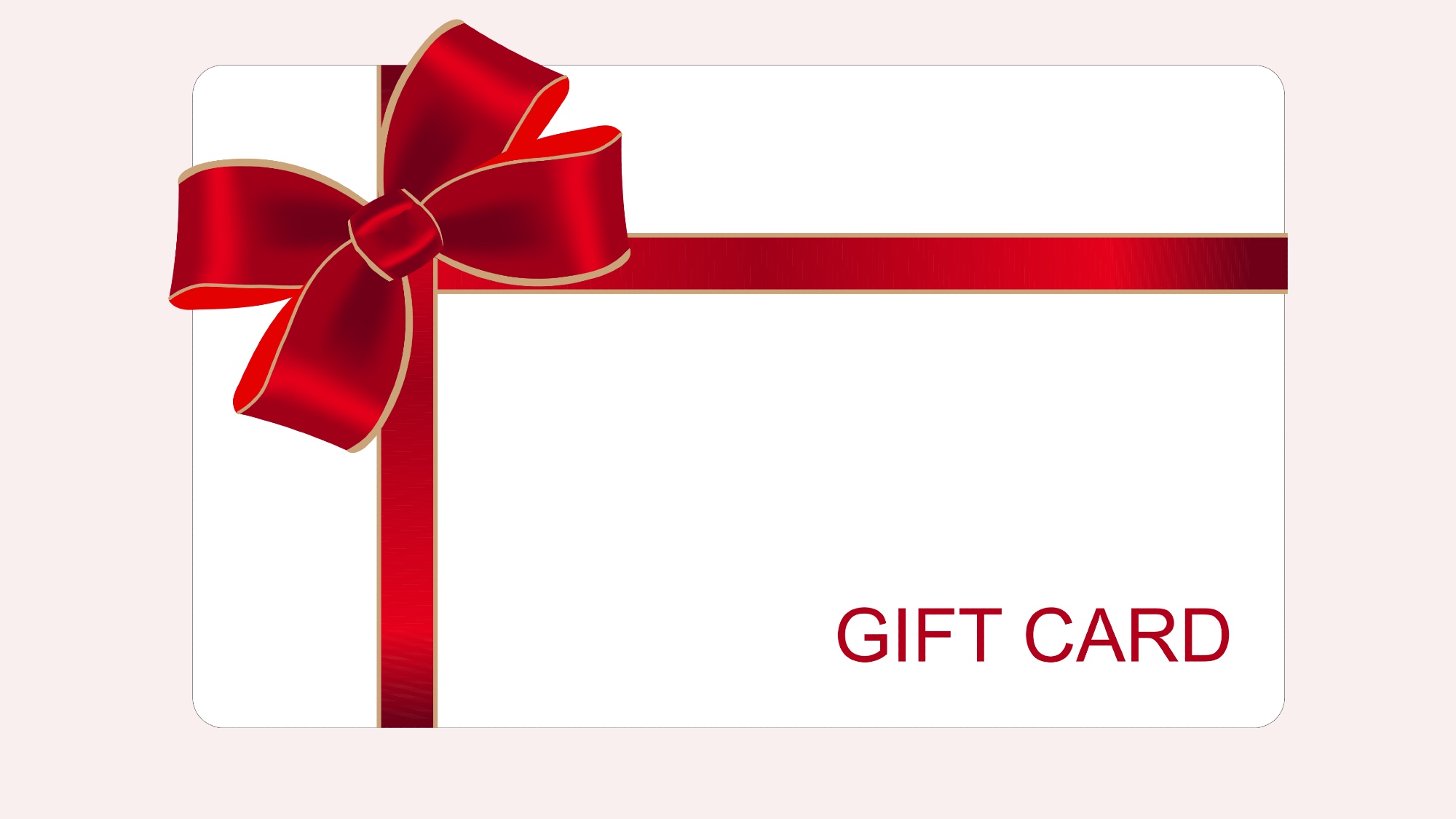 Received a gift card this holiday season? Here’s how to maximize it.
Received a gift card this holiday season? Here’s how to maximize it.The Explainer Make the most of your present
-
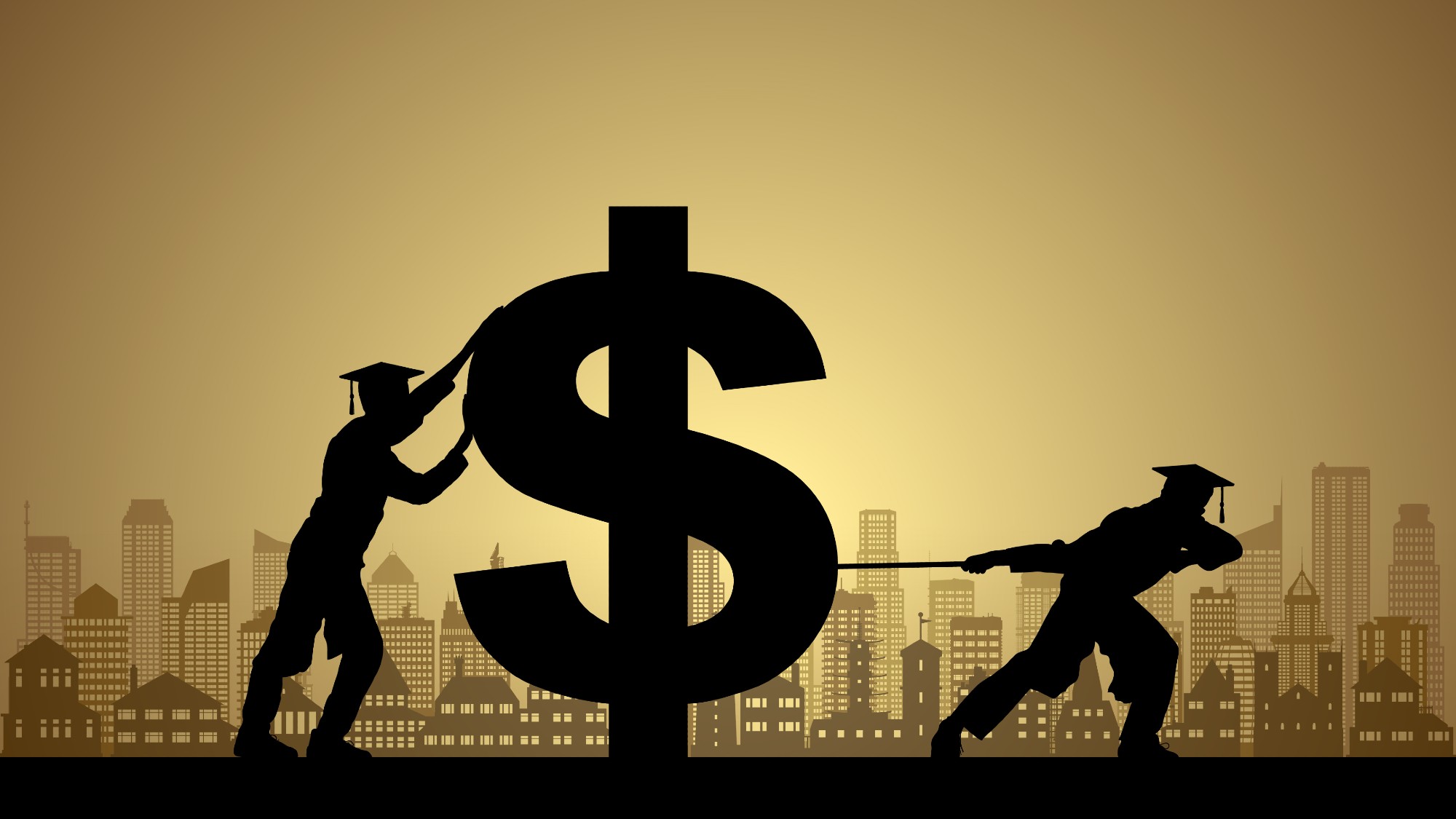 Who will the new limits on student loans affect?
Who will the new limits on student loans affect?The Explainer The Trump administration is imposing new limits for federal student loans starting on July 1, 2026
-
 3 ways to reduce the cost of owning a car
3 ways to reduce the cost of owning a carthe explainer Despite the rising expense of auto insurance premiums and repairs, there are ways to save
-
 How to shop smarter with a grocery budget
How to shop smarter with a grocery budgetThe Explainer No more pushing your cart down the aisles on autopilot
-
 What will next year’s housing market look like?
What will next year’s housing market look like?The Explainer Here is what to expect from mortgage rates and home prices in 2026
-
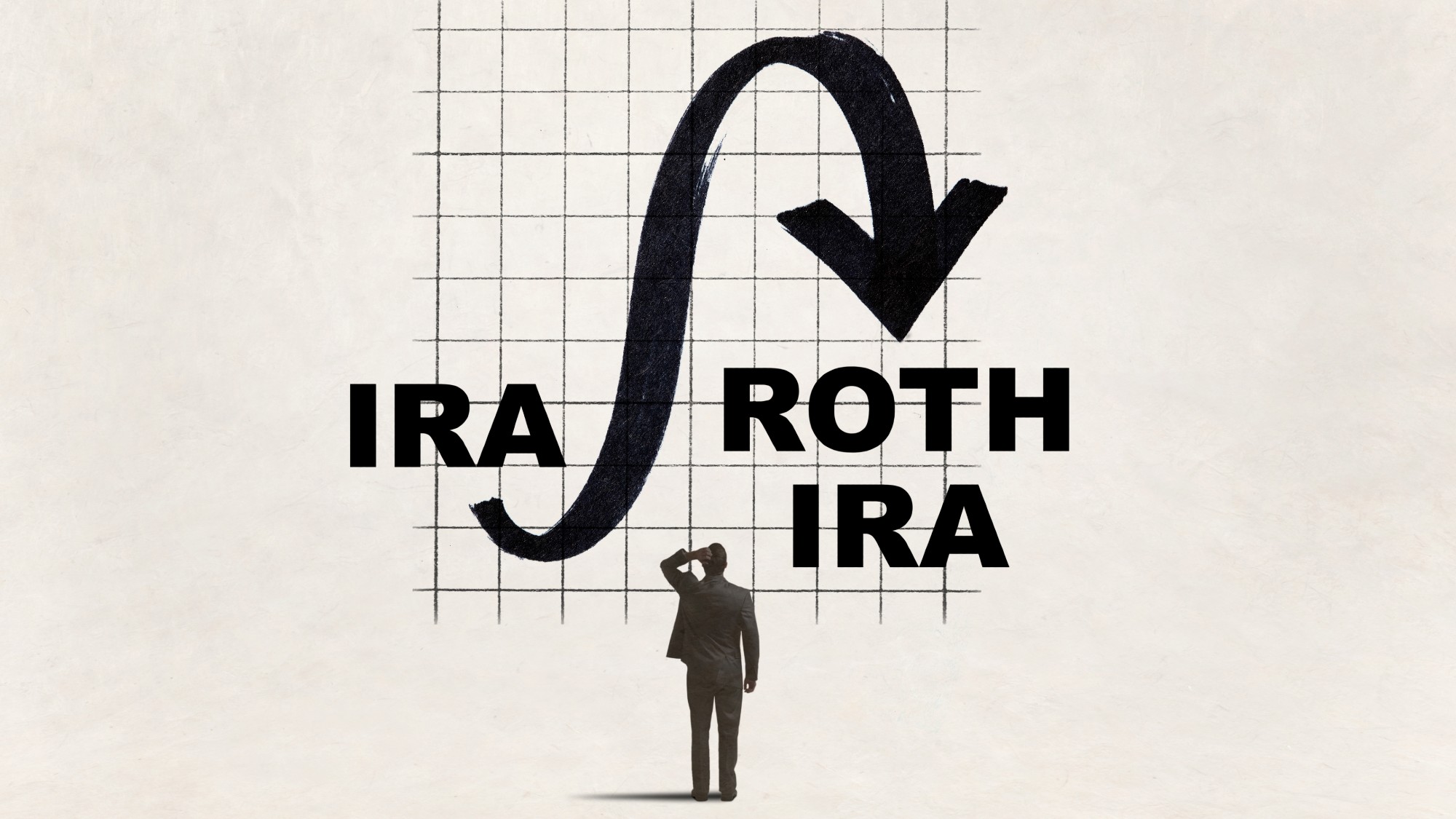 What are the pros and cons of a Roth conversion for retirement?
What are the pros and cons of a Roth conversion for retirement?Pros and Cons By converting a traditional IRA to a Roth IRA, retirees can skip paying taxes on their withdrawals
-
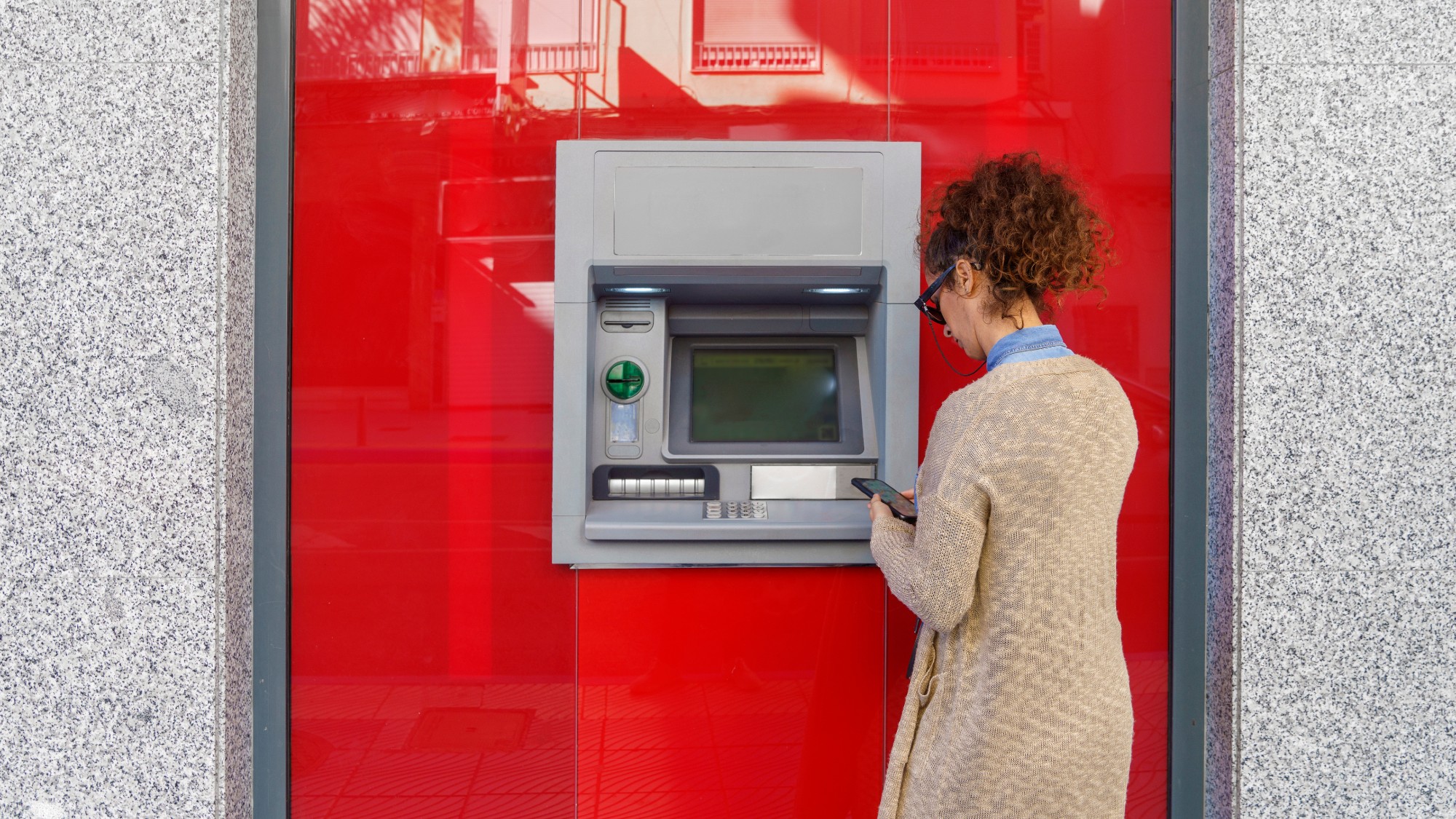 4 easy tips to avoid bank fees
4 easy tips to avoid bank feesThe Explainer A few dollars here and there might seem insignificant, but it all adds up
-
 4 often overlooked home maintenance tasks that could cost you later
4 often overlooked home maintenance tasks that could cost you laterThe Explainer A little upkeep now can save you money down the road
